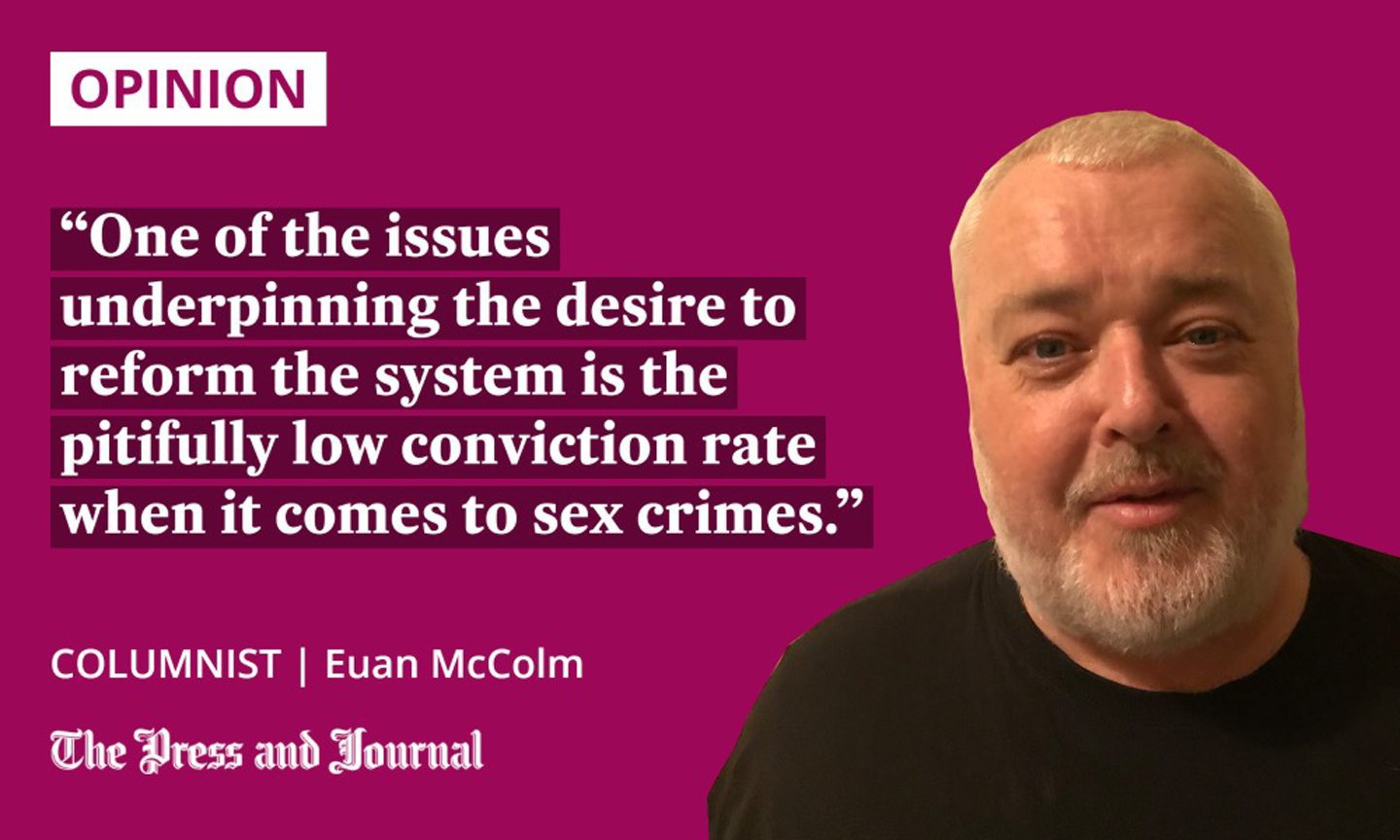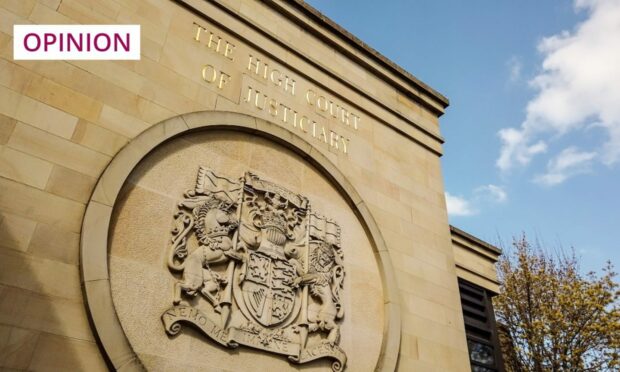An entirely reasonable criticism of the SNP is that, since coming to power at Holyrood in 2007, it has failed to carry out serious reform.
The SNP is risk-averse. Anything which might be controversial – and which might fail – is to be avoided, lest it negatively impacts on the independence cause.
And, so, it’s rather refreshing to see the Scottish Government announce major changes to the criminal justice system.
The plan to abolish “not proven” – the third verdict available, uniquely, to Scottish jurors – is, I think, an excellent one. A not proven verdict short-changes everyone involved in a criminal trial.
For the victim, there’s the sense that a guilty verdict might have been obtained had prosecutors done their jobs properly while, for the accused, there’s the suggestion that they got away with it.

Guilty and not guilty are verdicts good enough for legal systems around the world, and they’re good enough for Scotland.
Other parts of the planned reforms are less straightforward, and might yet run into difficulties.
Creating a two-tier justice system would be a mistake
One of the issues underpinning the desire to reform the system is the pitifully low conviction rate when it comes to sex crimes.
Women who report rapes are, right now, very unlikely to get justice. Of 2,176 rapes and attempted rapes reported to police in 2020-21, only 152 led to prosecutions, and just 78 of those ended in a conviction. Not proven is far more likely to be used in such cases than in others.
And so, on the face of it, a proposal to pilot judge-only trials for rape cases seems a good idea. That rape victims are routinely failed by our justice system is undeniable, so surely anything that might change that situation is worth trying?
But, it requires no special powers of foresight to see how this might play out. If we believe – and I think we should – that everyone accused of a crime should be treated in the same way, then can we argue in favour of some High Court cases being heard in front of juries, and others dispensing with them? The suggestion from some lawyers that this would create a two-tier justice system is not easy to dismiss.
Meanwhile, another of the proposed reforms stands to make it more difficult for prosecutors to gain convictions.
Currently, a guilty verdict in a Scottish court requires a simple majority among jurors. Right now, that’s eight out of 15. It is proposed that the number of jurors should be reduced to 12, but that threshold of at least eight votes in favour of conviction remains. In future, two thirds of a jury will have to agree to convict.
The Scottish criminal justice system has – for a long, long time – failed victims of sex crimes. Whether these reforms will improve that situation is not at all clear.
Euan McColm is a regular columnist for various Scottish newspapers

Conversation